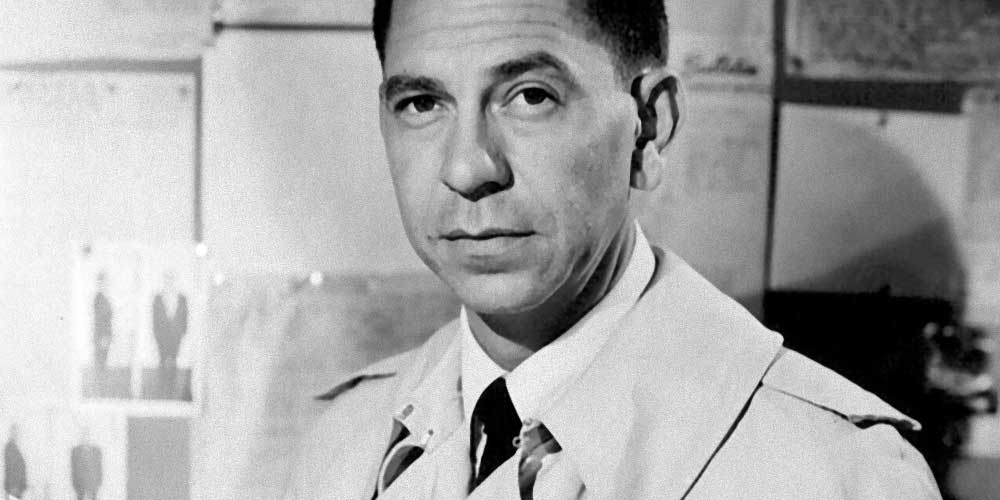
Enough of this nostalgic nattering! Sgt. Friday would not be impressed. The cry goes round Derwood and environs, “Give us the facts!”
Your wish is my command. Be warned, however, that the facts can get quite technical. If medical mumbo-jumbo isn’t your cup of tea, the TLDR summary is: I start a 6-month regimen of FOLFIRINOX chemotherapy on August 23.
After weeks of inactivity, the sennight of August 7–13 was quite busy. On Monday, GWUH had me come in for a CT scan. A routine pre-procedure blood draw found unusually high creatinine levels, typically associated with kidney dysfunction. We knew my bilirubin (liver) numbers were still high, but this creatinine jump was new. I talked to the GW oncology doctor on Tuesday morning, who felt the spike was due to the large quantities of ibuprofen I’d been taking. (The surgical team had recommended I switch from Percocet to ibuprofen as my pain decreased.)
So back to Percocet for me! After nearly a month of recovery, I really only needed 1 pill at bedtime. Daytime discomfort was fairly minimal. Of course, that was all about to change on Thursday…
But first: Wednesday afternoon, we finally met with the Georgetown University oncologist from the Lombardi Cancer Center. This was the team independently recommended by multiple friends and colleagues, including a prominent NCI researcher. As expected, Dr. Pishvaian confirmed that FOLFIRINOX was likely the proper first-line treatment. (Cancer patients can progress through many “lines” of treatment searching for the best balance between efficacy and lack of side effects.)
Having said that, though, Dr. Pishvaian raised two additional treatment possibilities:
- Quite often (as in my case), pancreatic cancer seems to strike from nowhere. But some cases have been linked to genetic mutations, for example in the BRCA gene. (Mutations in this gene are typically connected with breast cancer, hence its name.) Although none of my ancestors are known to have had pancreatic cancer, there are enough other cancers in my family tree to warrant further exploration.
If DNA testing of the biopsies taken during my surgery reveal any relevant genetic mutations, a class of drugs called PARP inhibitors may offer better results than just FOLFIRINOX alone.
- Part of the difficulty in treating pancreatic cancer stems from the physical nature of the tumors—they tend to be fibrous masses similar to scar tissue. This toughness makes the tumors more resistant to chemotherapy drugs.
In particular, some 60% of patients have tumors with high levels of hyaluronic acid, or HA. The HA molecule absorbs water into the tumor, which increases the pressure in the cancer cells and makes it even more difficult for chemo drugs to penetrate. Some current clinical trials, including one at Georgetown, are testing a promising approach that uses an enzyme called PEGPH20 to break down the HA molecules and let in the chemo drugs.
Again, DNA testing of my biopsies will show whether I’m in the high-HA group. If I am, I can choose to enter the Georgetown clinical trial. This will give me a roughly 2 in 3 chance of getting PEGPH20, with a 1 in 3 chance of being in the control group (i.e., getting standard treatment without PEGPH20).
The DNA tests will take around 3 weeks, so the plan is to start standard (FOLFIRINOX) treatment as soon as possible. If one or both tests come back positive, we can switch tactics then.
Finally, on Thursday I got my port installed. It was a quick procedure (about an hour), but of course means I’m back on more Percocet again. Not that the pain has been too bad—about the same as a pulled shoulder muscle. Three days later, it’s just a mild ache.
The surgery team who installed the port asked that we wait about a week before starting treatment (to ensure proper healing with no infection). Plus, Anne and I have a 2-day getaway vacation August 17–19 AND there’s a Regional bridge tournament on Saturday the 20th. All my doctors have stressed that vacations are just as important as treatment since I’m not experiencing any debilitating symptoms, so taking all that into account I’ll start chemo on Tuesday, August 23rd.
We’ll be sticking with Georgetown for treatment, because of both the additional treatment options and the fact that it has a satellite location in Olney—much more convenient than downtown DC for us! As mentioned above, treatment will probably continue for six months. I get a new dose every two weeks, with a small belt-attached pump that continues to infuse drugs for 48 hours or so. Side effects are many and varied, but most are rare and/or easily treatable. Nausea is one of the most common, so I’ve already gotten a prescription for anti-nausea meds. Dr. Pishvaian’s experience is that patients feel the effects of chemo most acutely 3 or 4 days after the actual treatment, with those effects lingering just a few days.
Who knows what side effects lurk in the heart of my treatment? The Shadow knows…and you will too in a couple of weeks. Stay tuned for future installments.

Thanks Charles! Hoping all
Thanks Charles! Hoping all goes well, and that I might even be back at Westat intermittently in the not-too-distant future.
Say hi to Ingrid and the rest of the Graphics Gang for me!
etg
Elliot, I appreciate your
Elliot, I appreciate your thorough reports and admire your level of understanding. Hoping for the best!
best regards from Charles M.
Just the facts
Well first of all how could you remember all that information? I'm so glad you and Anne are getting away for a few days have a wonderful time. And look forward to your next reading
love, Maureen
Hi Maureen! You found us out
Hi Maureen! You found us out—we took some notes during our meeting, but neither of us actually caught "PARP" or "hyaluronic acid". I had to scour the Web for pancreatic cancer treatments to find out what the docs were really saying. 🙂